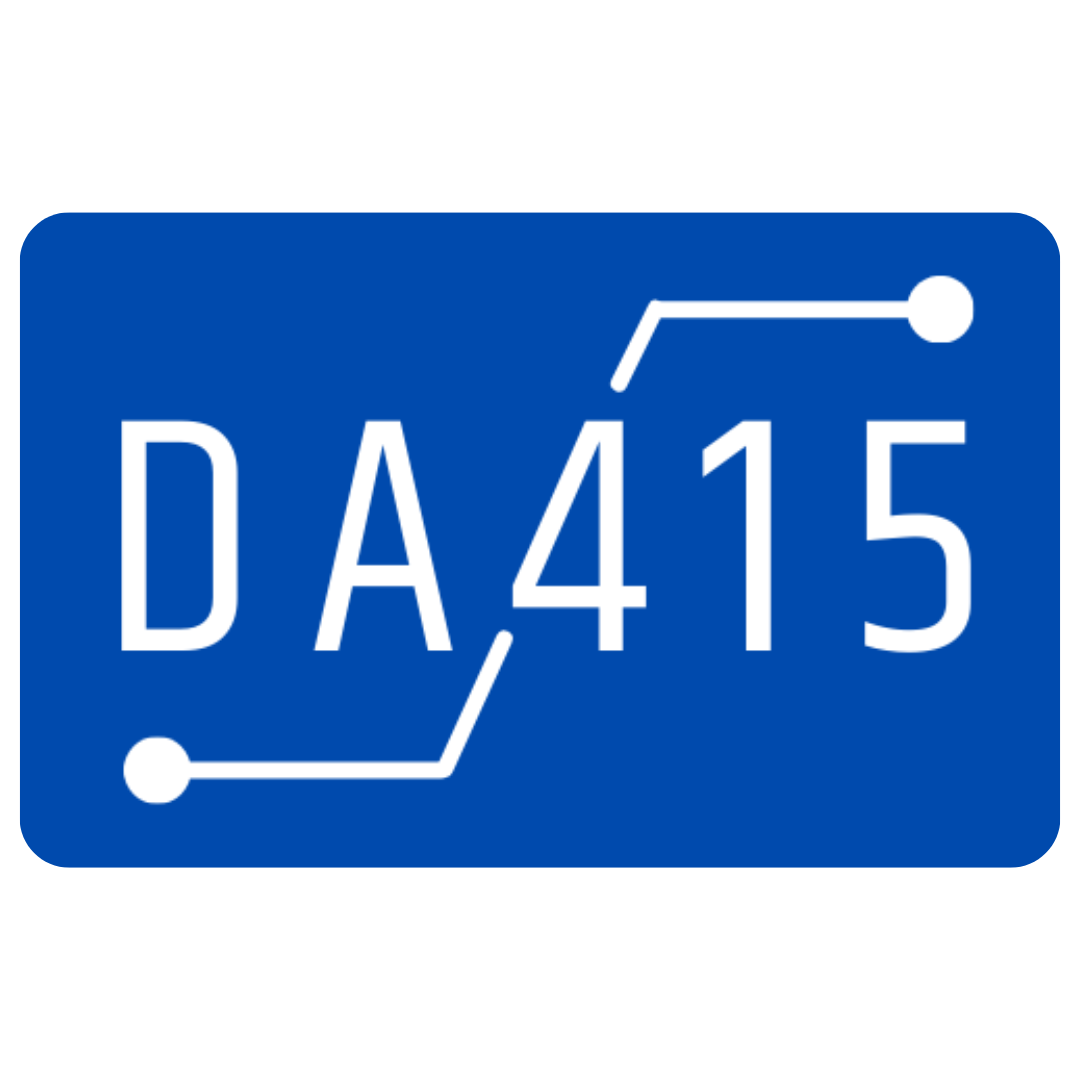AWS Lambda: ZIP Vs. Containers – Which Is The Best Option?
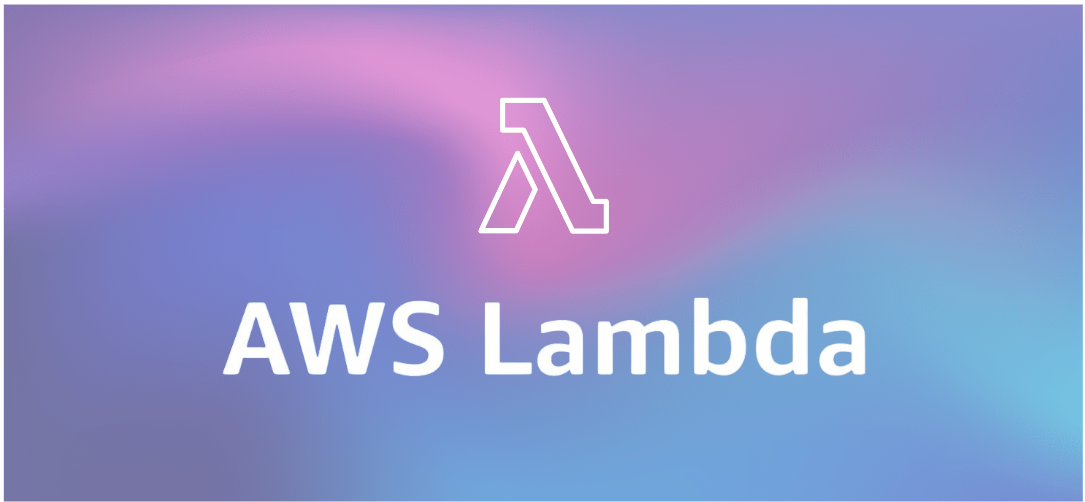
From Physical Servers to AWS Lambda
The computing world has changed considerably in just a few years. Not long ago, having an online application required owning or renting a physical server, which involved significant expenses in terms of acquisition, maintenance, patches, etc. Additionally, if the server failed, the application became inoperative unless a backup server was available.
Today, we benefit from the ability to pay only for what we use, thanks to “serverless” computing, which offers minimal or zero costs and enable rapid scaling. AWS Lambda is an example of this technology, laso called “functions”, as it executes code during a short period of time, on a highly available computing infrastructure and automatically managing tasks such as resource management, server maintenance, capacity provisioning, auto-scaling, and function logging.
Execution time and optimization are crucial factors for our Lambda functions, as shorter execution duration translates into reduced costs. Currently, there are two ways to create Lambda functions: using a container image or a ZIP file. But which is the better option for implementing a Lambda function, and what are the advantages and disadvantages of each one?
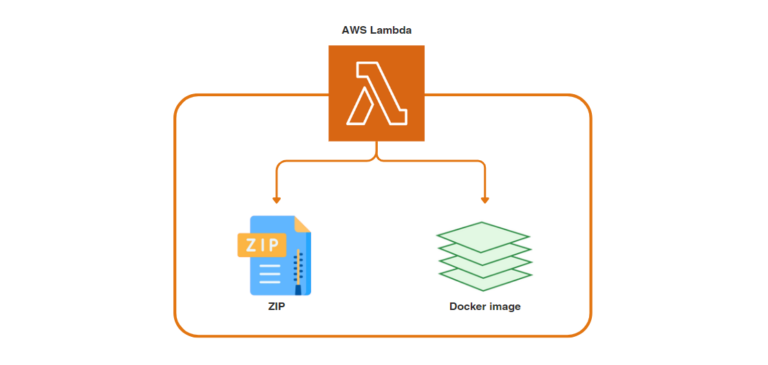
A Comparison of ZIP vs. Containers in AWS Lambda
Advantages and Disadvantages of Container (Docker) Images
Advantages
- Flexibility and Customization of the Execution Environment: Using containers in Lambda functions provides significant flexibility and customization of the execution environment. Developers can include all necessary dependencies and configure the environment exactly as desired.
- Compatibility with Unsupported Languages or Versions: Docker images allow the use of programming languages or specific versions not natively supported by AWS Lambda. This expands development possibilities and lets teams use their preferred tools.
- Local Build and Testing: Developers can build their Lambda containers locally and perform thorough testing before deploying the container to AWS. This ensures that the production environment matches the test environment, reducing the likelihood of errors and compatibility issues.
- Consistency Between Test and Production Environments: Deploying the same container that was tested locally ensures there will be no discrepancies between the test and production environments. This improves deployment reliability.
- Potential Improvement in Execution Times: In some cases, containerized functions may offer faster execution times compared to ZIP-packaged functions. This performance improvement can translate into reduced operational costs, as you pay for execution time in AWS Lambda.
Disadvantages
- Limitations in Environment Customization: Lambda functions packaged in ZIP files have limitations regarding the customization of the execution environment. It is not possible to configure the environment as precisely as with Docker images, which can be a hurdle if specific dependencies or special configurations are required.
- Deployment Package Size Restriction: ZIP files are subject to a 50 MB restriction for the compressed deployment package. This can be problematic if your application has large dependencies or if you need to include large data files, limiting expansion capacity and the inclusion of additional resources.
- Reduced Flexibility and Scalability: The limited customization capability and size restriction of the package can limit the flexibility and scalability of ZIP-packaged Lambda functions. This can be a drawback for more complex applications requiring highly configurable and scalable environments.
- Variable Performance: While ZIP functions can be quick to implement, they may not always offer the best execution times. Docker images are often better optimized for performance. This can result in an economic disadvantage if functions are not executed efficiently, as they would take more execution time.
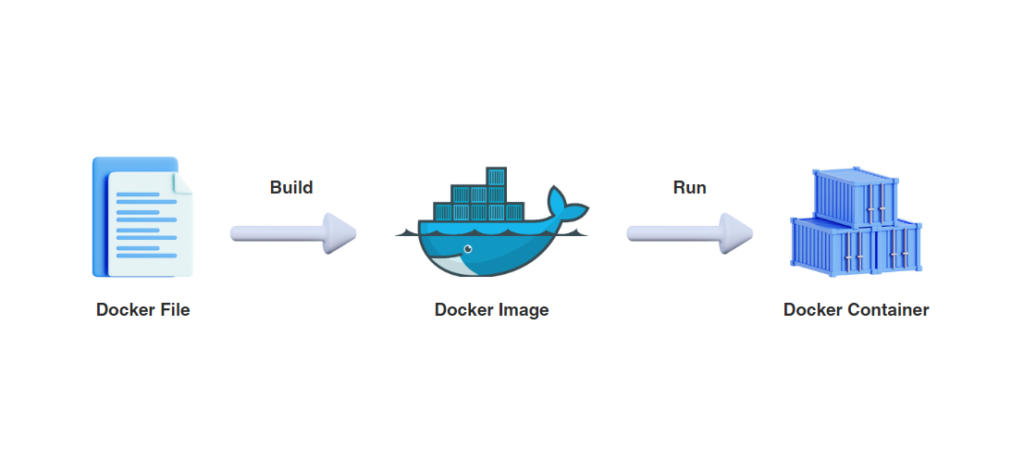
Advantages and Disadvantages of ZIP Files
Advantages
- Ease of Implementation: ZIP files in Lambda functions are extremely easy to implement. You simply package your code and dependencies into a ZIP file and upload it directly to the Lambda function. This process is straightforward and does not require advanced knowledge of containers or Docker.
- Cost Reduction: Using ZIP files eliminates the need for container images and Amazon Elastic Container Registry (ECR). This can reduce operational costs, especially in environments with numerous deployments or function versions.
- Deployment Speed: Functions packaged in ZIP files can be quicker to deploy and execute compared to Docker images. Although this is not always the case, the simplicity of the ZIP format can result in faster deployment times.
- Simplicity and Lower Complexity: Managing Lambda functions with ZIP files is less complex than working with Docker containers. There is no need to worry about building, managing, and maintaining container images, simplifying the development and deployment workflow.
Disadvantages
- Limitations in Environment Customization: Lambda functions packaged in ZIP files have limitations regarding the customization of the execution environment. It is not possible to configure the environment as precisely as with Docker images, which can be a hurdle if specific dependencies or special configurations are required.
- Deployment Package Size Restriction: ZIP files are subject to a 50 MB restriction for the compressed deployment package. This can be problematic if your application has large dependencies or if you need to include large data files, limiting expansion capacity and the inclusion of additional resources.
- Reduced Flexibility and Scalability: The limited customization capability and size restriction of the package can limit the flexibility and scalability of ZIP-packaged Lambda functions. This can be a drawback for more complex applications requiring highly configurable and scalable environments.
- Variable Performance: While ZIP functions can be quick to implement, they may not always offer the best execution times. Docker images are often better optimized for performance. This can result in an economic disadvantage if functions are not executed efficiently, as they would take more execution time.
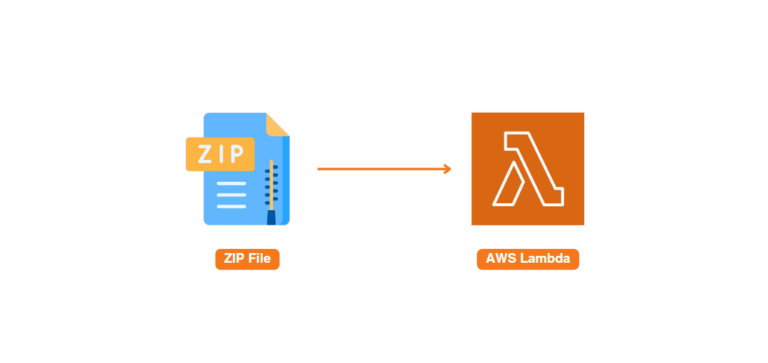
Conclusion
When evaluating whether to use ZIP files or container images for Lambda functions, it’s crucial to consider your application’s specific needs and factors such as flexibility, environment control, and costs. ZIP functions are ideal for quick and straightforward deployments, especially if you are looking for an economical and hassle-free solution that does not require additional registries like ECR. However, they are limited in size and customization.
On the other hand, container images offer great flexibility and allow for more detailed control of the execution environment, which is beneficial for applications requiring specific dependencies or customized configurations. Although this approach can incur additional costs and greater administrative complexity, particularly due to ECR management, it can result in improved performance and operational efficiency in certain cases.
Ultimately, the choice between ZIP and containers will depend on the specific needs of your application, development preferences, and cost constraints. Carefully evaluating these factors will help determine the most suitable option for your Lambda function and ensure an efficient and optimized deployment on AWS.
¿Estás buscando la mejor opción entre funciones Lambda empaquetadas en archivos ZIP o imágenes de contenedor?
Do you have any questions about AWS?
Do you need to develop solutions in “serverless” environments?
Contact us today for a free consultation.
Follow us on LinkedIn to stay updated on the latest news from DA415.
Author
